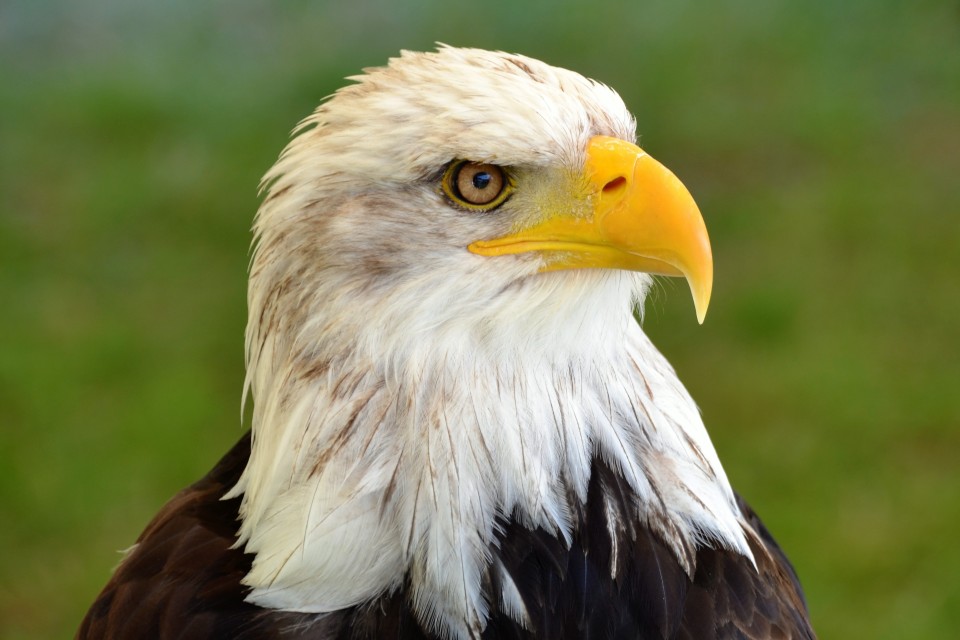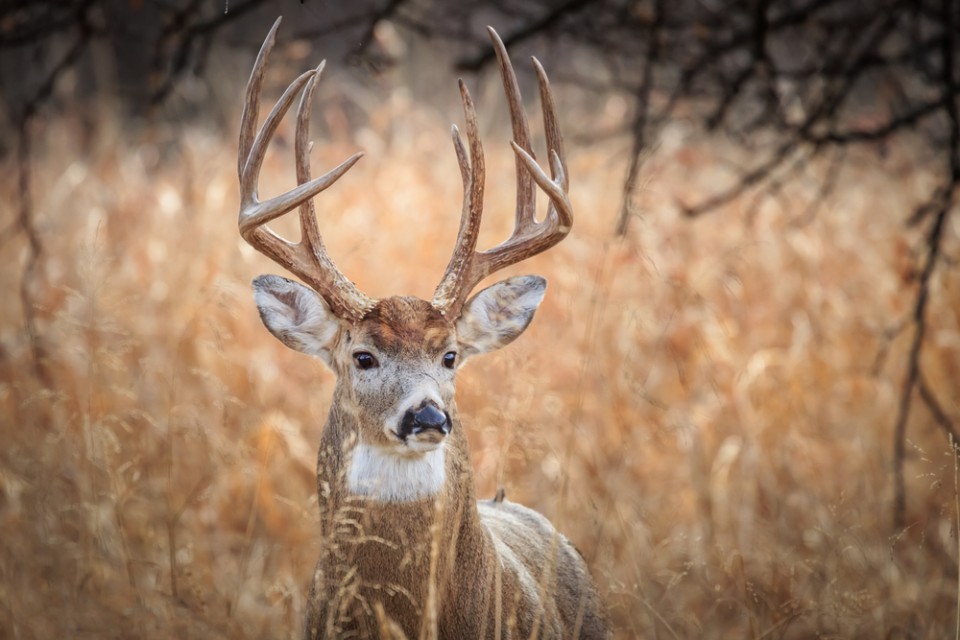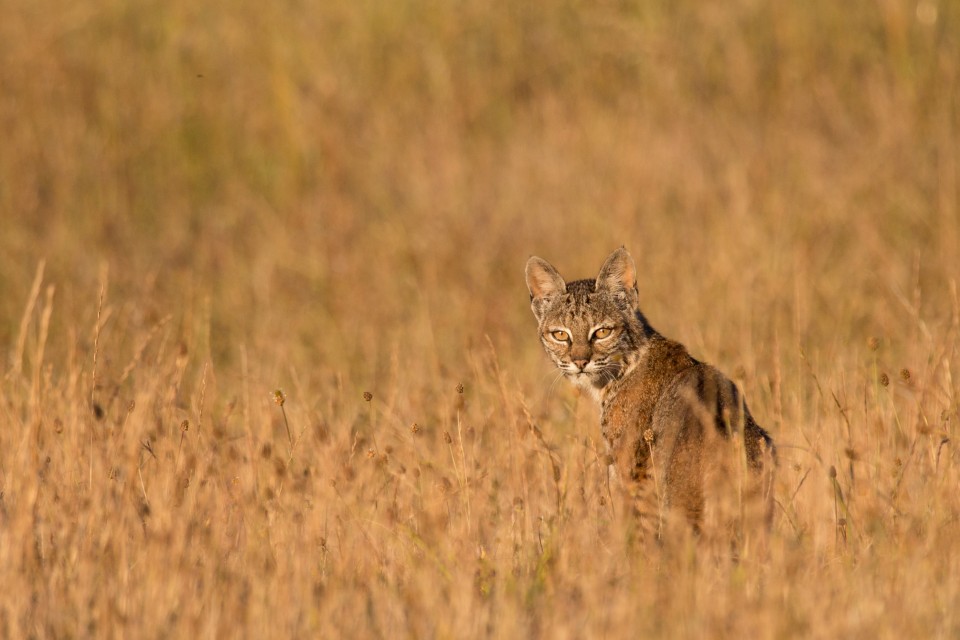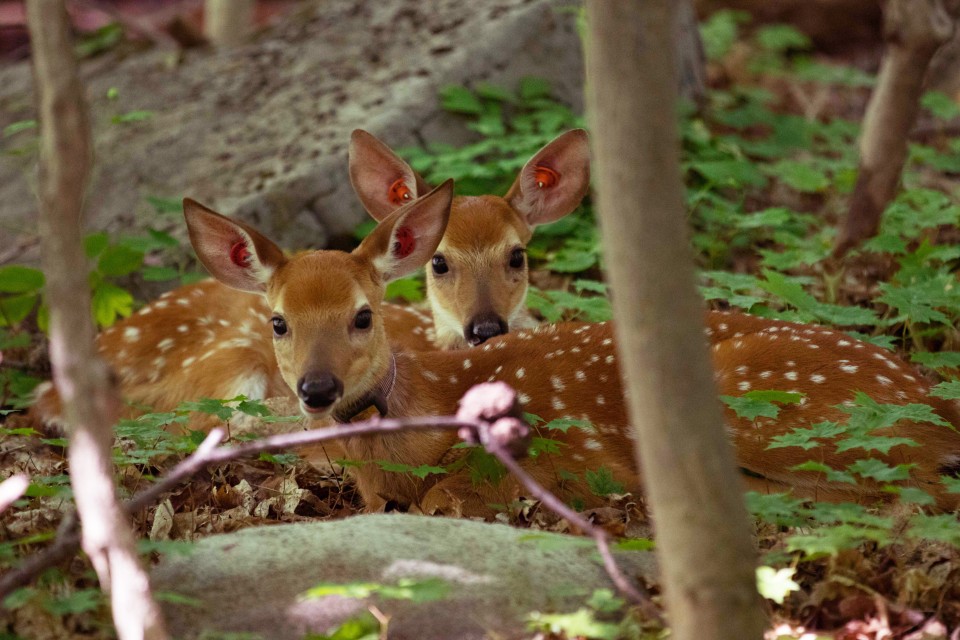I am a wildlife disease ecologist interested in the health of wildlife populations and associations with human and domestic animal activities and diseases. Most broadly, I focus on conserving free-ranging species for current and future generations use and enjoyment. This involves a multi-disciplinary approach involving risk analysis, field studies, human dimensions, and laboratory experiments.
Since 2011, I have worked with the New York State Department of Environmental Conservation on the cooperative New York State Wildlife Health Program. Prior to relocating to New York, I served as a field epidemiologist with the U.S. Geological Survey – National Wildlife Health Center in Madison, Wisconsin investigating wildlife mortality events and training biologists in wildlife health around the country.
My current projects are quite diverse in scope and species. I head up the New York State Interagency Working Group on chronic wasting disease, which has produced surveillance, response and prevention plans in recent years to ensure that all measures are taken to avoid reintroduction of the disease to New York, be able to detect disease at the earliest possible instance, and be ready to react once the disease is found in wild or captive cervids. I have projects looking at moose health in the Adirondacks region, geographical epidemiology of bear mange, white-tailed deer fawn survival, historical accounts of lead in bald eagles, and chytrid fungus in eastern hellbenders.
I also have some collaborations with agencies and universities outside of New York and am willing to consult on interesting projects including diagnostic testing, test development, statistical analysis, and field studies. Some of the themes I’m interested in are exploring the public trust responsibilities of agencies in addressing wildlife health as part of their mandate to protect both present and future resources.
I enjoy educating students, wildlife professionals, and the public about wildlife health and understanding the contributing factors to disease outbreaks.
In general, I think wildlife health needs to move from an attitude of helplessness or apathy to a precautionary principle (prevent introduction of new pathogens that may represent a risk for wildlife without delaying action until scientific consensus is available) that involves all affected parties and examines a suite of options for risk mitigation.























